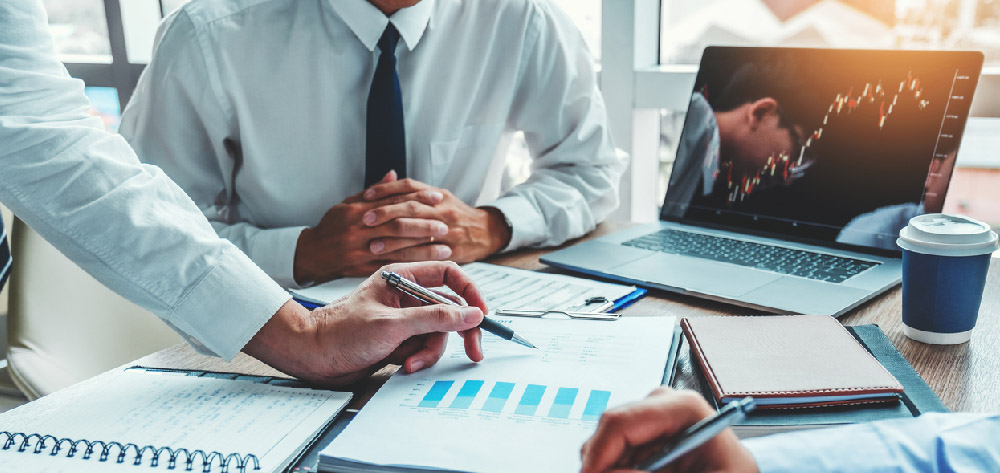In an effort to minimise physical contact during the global pandemic, most businesses are making the switch to cashless payments. While contactless credit cards and mobile wallet applications remain the most common type of cashless payments, many other methods have emerged in recent times. In the event that your business is also looking to make the switch, here are a few cashless payment types to be aware of.
Radio-frequency identification (RFID):
RFID uses radio technology to track tags containing electronic payment and banking information. RFID tags are most commonly attached to wristbands, watches or badges and can be scanned using mobile phones and RFID system technologies.
RFID tags can also be used at business events or service-providing organisations to keep track of clients while also acting as their digital wallet.
Unstructured Supplementary Service Data (USSD):
USSD services are another real-time cashless payment method which require a mobile network. With the USSD method, clients must dial a USSD code on an interactive menu provided by the business (could be a mobile phone), which will then allow clients to make payments to chosen recipients. The USSD code is dependent on a client’s mobile network and in order to make successful payments, clients must have their bank accounts correctly linked to their mobile phone number.
Quick Response (QR) Codes:
A QR code is a two-dimensional gridded pattern of black squares and is a viable cashless payment method as long as both clients and businesses have modern image-reading and camera technologies. Payments made through QR codes require a user to scan the QR code of a merchant to complete the transaction and can be done through banking apps or third-party payment applications on mobile phones.
While it may be tempting to make an immediate switch into cashless payment methods, the technology required to support cashless transactions is a costly investment. Before jumping the gun and spending money you do not need to, take note of which cashless payment methods would best accommodate your clients’ needs and fit into your existing business operations.
